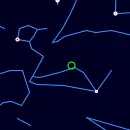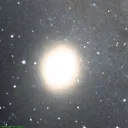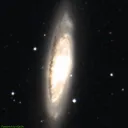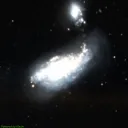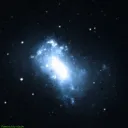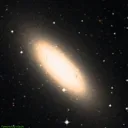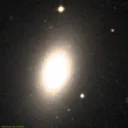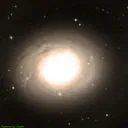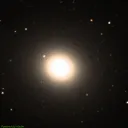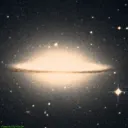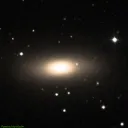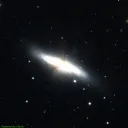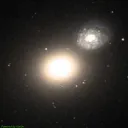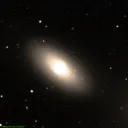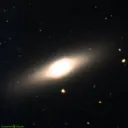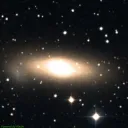Galaxies Visible Tonight
Sky Map
Celectial bearing and elevation at 15:52
This skymap is a dynamic visualization that displays the positions of celestial objets in the night sky for your specific location on the current date. It allows you to interactively explore the celestial landscape by moving it horizontally, enabling you to preview how the arrangement of stars will change as the night progresses.
M32
Galaxy
A satellite galaxy of the Andromeda Galaxy, containing approximately 3 billion stars, located approximately 2.537 million light-years away.
M65
Galaxy
A barred spiral galaxy containing billions of stars, located approximately 35 million light-years away in the constellation Leo.
NGC4490
Galaxy
NGC4490 is a galaxy with apparent magnitude 9.72 in the constellation Canes Venatici, spanning approximately 6.7 arcseconds in the sky.
NGC4449
Galaxy
NGC4449 is a galaxy with apparent magnitude 9.64 in the constellation Canes Venatici, spanning approximately 4.7 arcseconds in the sky.
Spindle Galaxy (NGC3115)
Galaxy
NGC3115 is a galaxy with apparent magnitude 9.09 in the constellation Sextans, spanning approximately 7.1 arcseconds in the sky.
M59
Galaxy
An elliptical galaxy containing billions of stars, located approximately 60 million light-years away in the constellation Virgo.
M94
Galaxy
Spiral galaxy known for a high rate of star formation and prominent dust lanes.
Sombrero Galaxy (M104)
Galaxy
M104 is a galaxy with apparent magnitude 8.59 in the constellation Virgo, spanning approximately 8.5 arcseconds in the sky.
NGC2768
Galaxy
NGC2768 is a galaxy with apparent magnitude 9.87 in the constellation Ursa Major, spanning approximately 5.6 arcseconds in the sky.
Cigar Galaxy (M82)
Galaxy
Starburst galaxy undergoing intense star formation, notable for its irregular shape.
M60
Galaxy
An elliptical galaxy containing billions of stars, located approximately 55 million light-years away in the constellation Virgo.
Data Credits
The nebulae information on this page is sourced from the OpenNGC project, developed by Matteo Verga. OpenNGC provides detailed data on the NGC catalog, which is a valuable resource for exploring deep-sky objects such as nebulae.
For more details or to contribute to OpenNGC, visit the official GitHub repository: OpenNGC on GitHub.

